What is a Day?
A day is a unit of time that is approximately 24 hours long. It is defined as the period of time during which the Earth completes one full rotation on its axis. This rotation causes the cycle of day and night.
Key Concepts
- 24 Hours: A day is divided into 24 hours, each hour consisting of 60 minutes.
- Daytime and Nighttime: The period of daylight is known as daytime, while the period of darkness is known as nighttime.
- Rotation of the Earth: The Earth rotates from west to east, causing the sun to appear to rise in the east and set in the west.
- International Date Line: The imaginary line that runs from the North Pole to the South Pole, marking the change of one calendar day to the next.
Study Guide
Here are some key points to remember when studying the concept of a day:
- Understand the concept of a 24-hour day and how it is divided into hours and minutes.
- Learn about the causes of day and night, including the rotation of the Earth and the position of the sun.
- Explore the significance of the International Date Line and how it affects the measurement of time and date changes around the world.
- Practice reading and interpreting analog and digital clocks to understand the representation of time in a day.
- Consider conducting experiments or observations to understand the changes in daylight and darkness throughout the day and across different seasons.
By understanding the concept of a day and its significance in measuring time, you can develop a strong foundation in timekeeping and astronomical phenomena.
[Day] Related Worksheets and Study Guides:
.◂Math Worksheets and Study Guides Fourth Grade. Tables and Graphs
Study Guide Tables and Graphs
Tables and Graphs  Activity Lesson
Activity Lesson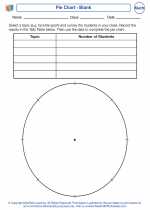 Pie Chart - Blank
Pie Chart - Blank  Activity Lesson
Activity Lesson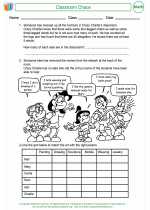 Classroom Chaos
Classroom Chaos  Activity Lesson
Activity Lesson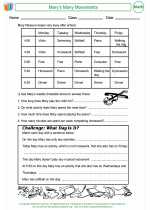 Mary`s Many Movements
Mary`s Many Movements  Worksheet/Answer key
Worksheet/Answer key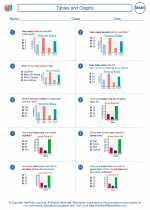 Tables and Graphs
Tables and Graphs  Worksheet/Answer key
Worksheet/Answer key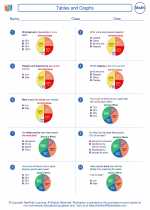 Tables and Graphs
Tables and Graphs  Worksheet/Answer key
Worksheet/Answer key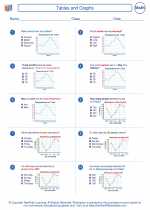 Tables and Graphs
Tables and Graphs  Worksheet/Answer key
Worksheet/Answer key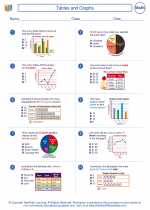 Tables and Graphs
Tables and Graphs  Worksheet/Answer key
Worksheet/Answer key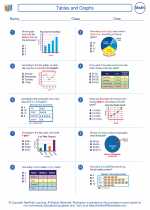 Tables and Graphs
Tables and Graphs  Worksheet/Answer key
Worksheet/Answer key Tables and Graphs
Tables and Graphs  Worksheet/Answer key
Worksheet/Answer key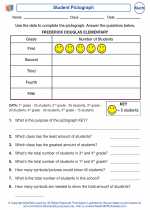 Student Pictograph
Student Pictograph  Worksheet/Answer key
Worksheet/Answer key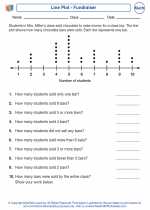 Line Plot - Fundraiser
Line Plot - Fundraiser  Worksheet/Answer key
Worksheet/Answer key Pie Chart - After-School Activities
Pie Chart - After-School Activities 

 Activity Lesson
Activity Lesson
 Activity Lesson
Activity Lesson
 Activity Lesson
Activity Lesson
 Worksheet/Answer key
Worksheet/Answer key
 Worksheet/Answer key
Worksheet/Answer key
 Worksheet/Answer key
Worksheet/Answer key
 Worksheet/Answer key
Worksheet/Answer key
 Worksheet/Answer key
Worksheet/Answer key
 Worksheet/Answer key
Worksheet/Answer key
 Worksheet/Answer key
Worksheet/Answer key
 Worksheet/Answer key
Worksheet/Answer key
 Worksheet/Answer key
Worksheet/Answer key

The resources above cover the following skills:
DATA ANALYSIS
Interpret data displayed in a circle graph.